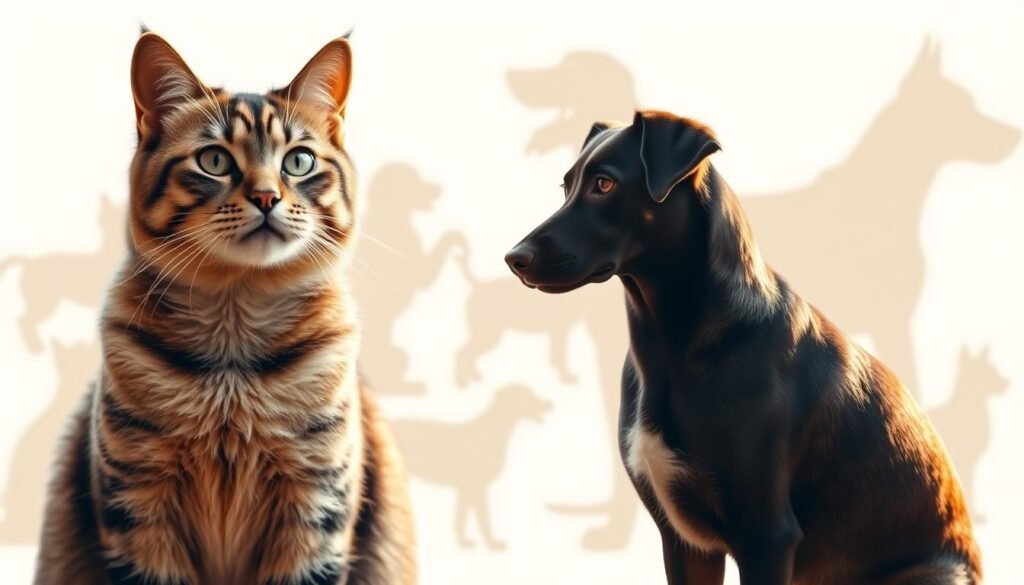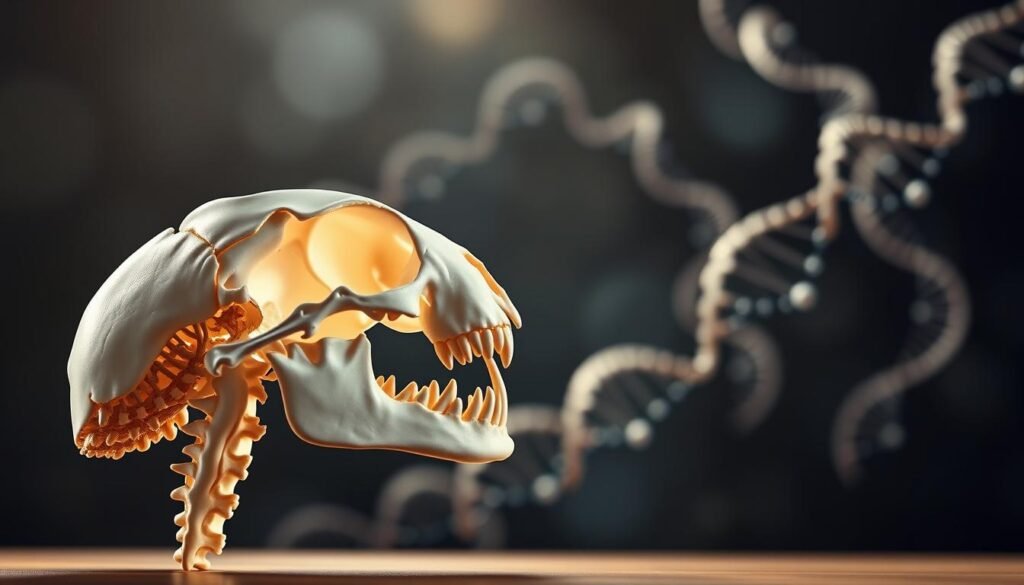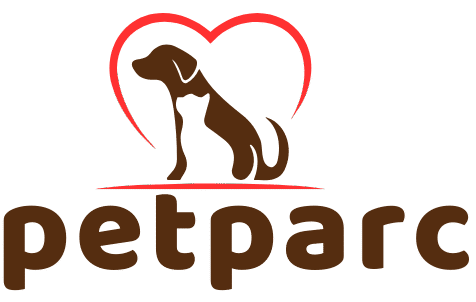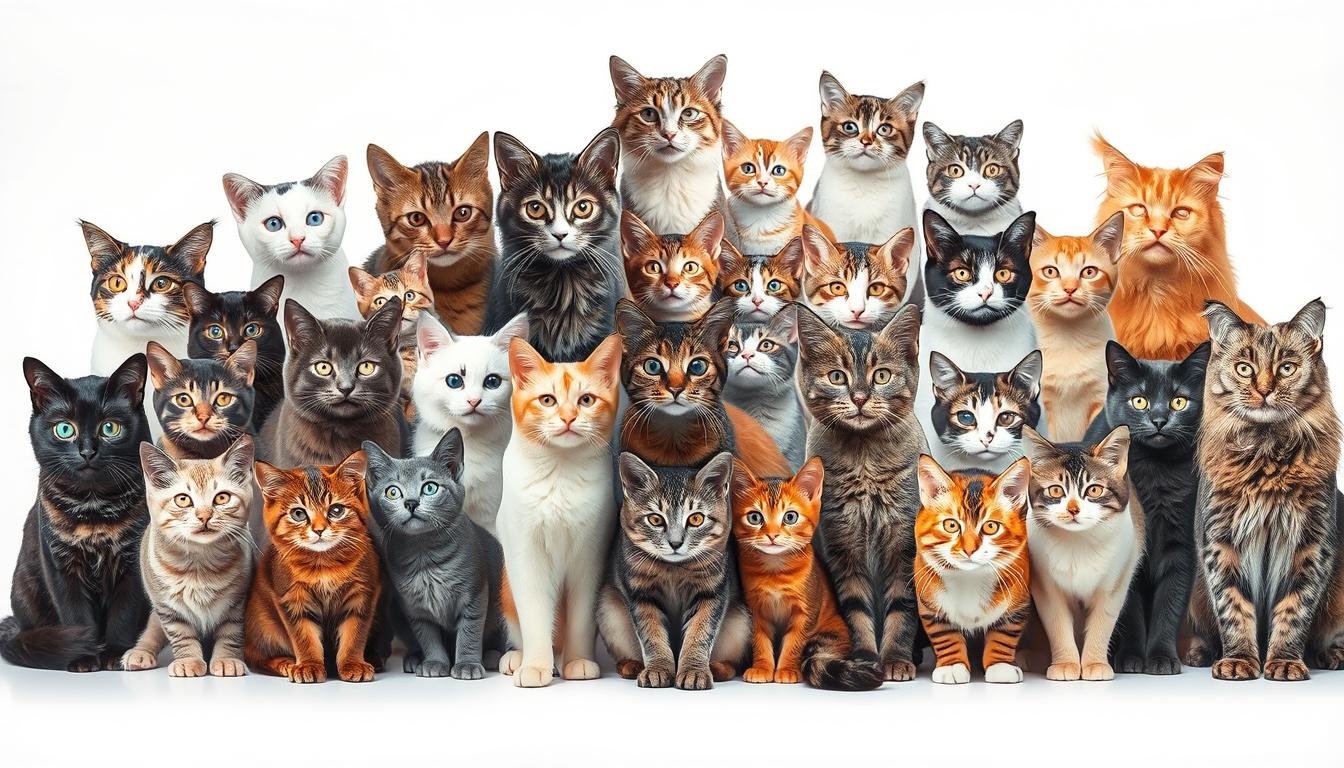Slides on Cat Breeds: A Visual Best Guide to Different Feline Types
Slides on Cat Breeds Do you remember the first time a cat’s unique personality stole your heart? Maybe it was a fluffy Maine Coon at a shelter or a sleek British Shorthair lounging in a sunbeam. That spark of connection is what drives our fascination with these captivating animals. Today, we’re transforming that curiosity into clarity with a visually rich resource designed to simplify your journey through the world of feline diversity.
This guide isn’t just about listing facts—it’s about creating an experience. You’ll explore coat patterns as vibrant as autumn leaves and body structures ranging from the muscular American Shorthair to the delicate Siamese. Each slide distills complex details about origins, health considerations, and grooming needs into easy-to-digest visuals, perfect for both new enthusiasts and seasoned pet owners.
Why settle for text-heavy manuals when you can see the differences between breeds? We’ve combined trusted biological data with striking design elements to highlight what makes each type special. You’ll discover everything from beloved favorites like the Maine Coon to rare gems like the American Curl, all presented in a format that keeps you engaged.
Ready to uncover how coat colors reveal genetic history or why certain breeds thrive in specific climates? Let’s begin this eye-opening exploration—one beautifully crafted slide at a time.
Table of Contents
Introduction to Cat Breeds and Infographic Slides
Imagine absorbing intricate details about feline diversity in seconds, not hours. That’s the power of visual storytelling—a method that transforms complex data into memorable snapshots. Infographic slides distill details like coat textures, ear shapes, and behavioral quirks into bite-sized visual narratives, making comparisons between varieties effortless.
What Makes Visual Guides Effective?
Research shows people retain 65% of visual information versus 10% of written facts. Color-coded maps and icon-driven timelines help your brain connect dots faster. A well-designed chart about fur patterns or paw sizes sticks in memory longer than paragraphs ever could.
Overview of the Infographic Post Style
Our format uses three core elements: clean layouts for quick scanning, symbolic icons representing traits like playfulness or grooming needs, and side-by-side comparisons. You’ll instantly spot differences between a Persian’s luxurious coat and a Sphynx’s hairless frame—no jargon required.
This approach doesn’t just share facts—it creates “aha” moments. By blending biological data with smart design, you’ll grasp why certain animals thrive in apartments while others need open spaces. Ready to see how visuals unlock understanding?
The History and Origin of Cat Breeds
Uncovering the origins of your favorite companions reveals a tapestry woven across continents and centuries. Early felines traveled trade routes and adapted to environments from arid deserts to snowy mountains, shaping their unique traits long before formal breeding began.
Evolution and Global Spread
Ancient Egyptian art shows sleek, spotted varieties resembling today’s Abyssinian—proof that distinctive features emerged naturally. Sailors carried these animals worldwide, where isolation created regional differences. For example, thick-coated Norwegian Forest types evolved in Scandinavia, while lean Siamese thrived in Southeast Asia’s warmth.
By the Middle Ages, manuscripts documented distinct appearances tied to locations. A 15th-century Italian text describes gray-blue “chartreux” hunters, ancestors of modern Russian Blues. These geographic quirks laid the groundwork for today’s recognized breeds.
Significant Historical Milestones
The 19th century marked a turning point. London’s 1871 Crystal Palace exhibition showcased pedigreed varieties, sparking public fascination. Breed standards soon emerged, blending natural traits with selective breeding for colors and patterns.
DNA studies now trace lineages to nine original genetic groups. While some characteristics developed through survival needs—like the Maine Coon’s water-resistant fur—others reflect human preferences. This mix of chance and choice explains why your furry friend looks and behaves the way they do.
Understanding Feline Characteristics
Have you ever wondered why some animals capture attention instantly while others blend into the background? Distinct physical markers and personality quirks create immediate visual and emotional connections. Let’s decode what makes each variety unique.
Physical Traits: Coat, Size, and Colors
A Persian’s flowing hair differs dramatically from a Siamese’s short, sleek layers. These textures aren’t just about looks—they signal climate adaptations. Thick double coats protect Arctic breeds, while thin layers help desert types stay cool.
Body structure variations matter too. Stocky British Shorthairs weigh up to 17 pounds, while slender Orientals rarely exceed 10. Ears and tails also define appearance: Scottish Folds’ folded ear cartilage contrasts with the American Curl’s backward-curving tips.
Behavioral Patterns and Health Considerations
Active Abyssinians need vertical climbing spaces, while Ragdolls prefer lap time. These tendencies often trace back to ancestral environments. Genetic links also influence wellness—flat-faced Persians may face breathing issues, and Maine Coons sometimes develop heart conditions.
Your lifestyle determines ideal matches. High-energy households suit adventurous Bengals, whereas quiet homes align with laid-back Russian Blues. Recognizing these connections helps you choose companions that thrive in your care.
Using Slides on Cat Breeds for Visual Learning
Imagine comparing key traits between an Abyssinian’s playful energy and a Persian’s calm demeanor in seconds. Visual tools transform dense facts into clear insights, letting you grasp patterns and preferences at a glance. This method isn’t just efficient—it’s how modern learners absorb complex details without drowning in text.
Benefits of a Slide-Based Presentation
Why flip through pages when one well-designed graphic shows whisker shapes or ear positions across varieties? Structured layouts group related details—like coat maintenance needs or typical weight ranges—into visually linked clusters. Your brain processes these connections faster than reading bullet points.
Color-coded timelines reveal how climate shaped the Siberian’s thick fur versus the Sphynx’s hairlessness. Interactive elements let you filter by traits like “hypoallergenic” or “family-friendly.” Suddenly, historical data feels relevant, and physical differences become memorable stories rather than dry statistics.
For those who learn best through images, this approach bridges gaps left by text-heavy guides. You’ll retain more about vocal tendencies or lifespan variations because visuals activate multiple areas of memory. Whether you’re researching pets or preparing a talk, slide formats make sharing insights effortless and engaging.
Exploring Popular Cat Breeds
What makes certain feline companions stand out in memory? Their distinct silhouettes and signature behaviors create instant recognition. Let’s examine five varieties that dominate “top cat breeds” lists, each offering unique appeal for different lifestyles.
American Shorthair, Maine Coon, and British Shorthair
The American Shorthair boasts a muscular frame perfected through centuries of rodent hunting. Originating from European working animals, this low-maintenance domestic cat thrives in active households. Its dense coat resists matting—ideal for busy owners.
Maine Coons, America’s native gentle giants, display tufted ears and water-resistant fur. Their dog-like loyalty makes them family favorites. Across the Atlantic, the British Shorthair charms with round eyes and plush blue-gray fur—a breed shaped by England’s climate and selective breeding.
Scottish Fold and Turkish Angora Highlights
Scottish Folds captivate with folded ear cartilage, a natural mutation first spotted in 1961. Their quiet voices and adaptable nature suit apartment living. Meanwhile, Turkish Angoras shimmer with silky white hair and heterochromatic eyes—traits preserved through centuries in Ankara’s palaces.
Visual comparisons reveal how body structures differ: the Angora’s slender elegance contrasts the British Shorthair’s stocky build. Coat textures range from the Maine Coon’s shaggy layers to the American Shorthair’s crisp, short fur. These distinctions become crystal clear through side-by-side imagery.
Understanding these variations helps you match a breed’s energy levels and care needs to your routine. Whether drawn to the Turkish Angora’s playful agility or the Scottish Fold’s calm demeanor, you’ll find an animal companion that fits seamlessly into your world.
Comparative Analysis: Cat Breeds vs. Dog Breeds
While both animals share our homes, their evolutionary paths created striking contrasts. Cats typically require less hands-on care, while dogs often thrive on structured routines. Understanding these differences helps you choose companions that align with your lifestyle.

Distinctive Features of Felines and Canines
Household pets differ in more than just size. A domestic cat usually grooms itself efficiently, whereas many dog breeds need weekly baths. Energy levels vary widely too—think of a lazy Ragdoll versus a hyperactive Border Collie.
| Trait | Cats | Dogs |
|---|---|---|
| Social Behavior | Independent | Pack-oriented |
| Grooming Needs | Low-maintenance | High-maintenance |
| Space Requirements | Adaptable to apartments | Often need yards |
| Training Style | Self-directed | Owner-guided |
Visual tools shine when contrasting these traits. Side-by-side slides can show how a Persian’s flat face differs from a Pug’s, or why Sphynx cats need skincare while Dachshunds require coat brushing.
“Cats are puzzle solvers; dogs are team players,” notes veterinarian Dr. Ellen Choi. This mindset affects everything from play styles to problem-solving approaches.
Your choice depends on what you value most. Busy professionals might prefer low-demand types like Russian Blues, while active families could bond better with Golden Retrievers. Both species offer unique rewards—it’s about finding your perfect match.
Detailed Insights on Unique Cat Breeds
Beyond the familiar favorites lie feline treasures waiting to be discovered. Let’s spotlight three extraordinary varieties that combine striking looks with captivating personalities—perfect for those seeking companions outside the mainstream.
American Curl: The Ears That Steal the Show
First documented in 1981, this domestic cat stands out with backward-curving ears resembling tiny crescent moons. Unlike the folded cartilage of Scottish Folds, their ears flex naturally—a genetic mutation causing no health issues. These social animals thrive in interactive households and require gentle ear cleaning to prevent wax buildup.
American Bobtail: Nature’s Wild Charm
With a stubby tail and muscular build, this breed mirrors wild bobcats but boasts a golden retriever-like temperament. Developed in the 1960s, their low-shedding coat adapts to various climates. Owners love their puzzle-solving skills—they’ll figure out door handles faster than you can say “treat time.”
Devon Rex: The Elf-Like Companion
Nicknamed “alien cats” for their oversized ears and wavy fur, Devon Rex types bond deeply with families. Their delicate coat needs occasional wiping rather than brushing. Fun fact: Their crinkled whiskers often break naturally, adding to their whimsical appearance.
Visual comparisons in slide formats highlight how these rarities differ from top cat breeds like the British Shorthair. While the Maine Coon impresses with size, the Devon Rex wins hearts with mischief. Whether you’re drawn to the American Bobtail’s adventurous spirit or the American Curl’s elegance, understanding these profiles helps you find a perfect match.
Visual Elements in an Infographic Post
Clarity meets creativity when visuals transform complex data into engaging stories. The right combination of design elements turns breed comparisons into memorable snapshots, helping you grasp distinctions faster than text ever could.
Effective Use of Icons and Illustrations
Symbols speak louder than words in visual guides. A paw print icon instantly signals grooming needs, while a silhouette of a Maine Coon beside a Siamese shows size differences. Strategic imagery creates instant associations:
- Color-coded maps highlight regional origins
- Timeline graphics trace genetic developments
- Comparison charts contrast fur textures
These elements work best when simplified—three colors max per slide, with consistent icon styles. Avoid cluttering; let each visual breathe to maintain focus.
Slide Layout and Design Techniques
Smart structure guides the eye. Use a Z-pattern layout for Western readers: key stats at top-left, supporting details flowing right. White space separates sections without overwhelming viewers.
Pair bold headers with minimalist backgrounds. For example, showcase a Turkish Angora’s silky coat against a plain surface. Animated transitions between slides can reveal hidden layers, like tapping a cat icon to display health tips.
Consistency matters. Repeat your color scheme and font choices across all frames. This builds recognition, whether you’re comparing dog breeds or explaining feline ancestry. Test your design by asking: “Could someone grasp the main points in 10 seconds?” If yes, you’ve nailed it.
Key Factors Influencing Cat Breed Variations
Genetics hold the blueprint for every curl, spot, and whisker position in feline companions. Three elements shape these animal distinctions: inherited traits, fur characteristics, and skeletal frameworks. Understanding these factors helps explain why a Siamese differs from a Persian as much as snowflakes vary in structure.

Genetic Codes and Hereditary Patterns
DNA determines more than just coat colors. A single gene mutation creates the Scottish Fold’s folded ears, while multiple genes influence the Maine Coon’s large size. Selective breeding amplifies desired traits—like the shorthair gene in American varieties—but can also pass on health risks such as polycystic kidney disease.
Coat Texture and Body Architecture
Fur types directly impact health and maintenance. The Cornish Rex’s wavy hair lacks guard hairs, making it prone to temperature sensitivity. Conversely, the Norwegian Forest Cat’s double-layer coat withstands Arctic winters. Body structure also matters: slender Orientals face fewer joint issues than heavy-bodied Persians.
“Breed variations are nature’s experiments—some thrive, others require human intervention,” explains feline geneticist Dr. Lisa Powell. This balance between natural selection and deliberate breeding shapes modern cat breeds.
When comparing types, consider how tail length or ear shape affects behavior. The Japanese Bobtail’s short tail doesn’t hinder balance but adds to its unique appearance. By recognizing these interconnected factors, you gain deeper insight into what makes each companion truly one-of-a-kind.
How to Choose the Right Cat Breed for You
Finding your ideal feline companion starts with honest self-reflection. Visual comparisons in our guide simplify matching personalities and care needs to your world. Let’s break down the process into actionable steps.
Lifestyle and Family Considerations
First, evaluate your daily routine. Active professionals might prefer low-maintenance types like the American Shorthair, while homebodies could enjoy the social nature of a Siamese. Families with young children need calm, patient varieties—think Ragdolls or British Shorthairs.
Space matters too. Compact apartments suit adaptable domestic cats like the Russian Blue, while energetic Bengals require room to climb. Grooming needs vary widely: Persians demand daily brushing, whereas Sphynx cats need weekly skin care.
Use side-by-side imagery to compare traits at a glance. Notice how Maine Coons thrive in cooler climates, while Turkish Angoras prefer warmth. These visual cues help narrow options faster than reading lengthy descriptions.
“The right match considers both your environment and the animal’s instincts,” advises feline behaviorist Mara Santos. “It’s about mutual happiness, not just appearance.”
Finally, consider long-term commitments. Some varieties live 15+ years—choose one whose energy and health needs align with your future plans. With these filters, you’ll confidently select a companion that enriches your life for years to come.
Engaging Your Audience with Cat Breed Slides
What transforms dry facts into unforgettable experiences? The answer lies in weaving narratives through visuals. Your audience connects faster when data becomes a story—one that highlights quirks, histories, and personalities of different feline companions.
Storytelling Through Visual Presentations
Start with relatable scenarios. Show a day in the life of a mischievous Bengal versus a laid-back Ragdoll. Use case studies: “How a rescue Maine Coon became a therapy animal” creates emotional hooks. Pair timelines with icons to trace a breed’s journey from ancient temples to modern homes.
Interactive elements keep viewers invested. Let users click on a Persian’s coat to reveal grooming tips or tap a Siamese’s vocal range icon to hear sample sounds. These layers turn passive scrolling into active exploration.
Design Tips to Enhance User Engagement
Balance is key. Use complementary colors—soft blues for Russian Blues, warm oranges for Abyssinians. Keep text minimal: 20 words per slide max. Consistent icon styles (paws for care needs, globes for origins) build visual literacy.
| Element | Purpose | Example |
|---|---|---|
| Color Schemes | Evoke emotion | Earth tones for natural breeds |
| Icons | Quick recognition | Water droplet for hydration needs |
| White Space | Reduce clutter | Isolate key stats |
End with actionable steps. Encourage families to share which breed matches their lifestyle using a “Which feline fits you?” quiz. Dynamic content like this transforms viewers into participants, deepening their connection to the material.
The Role of Technology in Enhancing Visual Content
Modern tools transform raw data into eye-catching stories faster than ever. Design platforms now simplify creating detailed comparisons, from coat textures to behavioral patterns. With intuitive interfaces, even beginners craft professional-grade materials that captivate viewers.
Digital Tools for Creating Impactful Infographics
Apps like Canva and Visme offer pre-made templates tailored for animal profiles. Drag-and-drop editors let you arrange icons representing traits like grooming needs or activity levels. Color palettes automatically adjust to highlight key details, such as the American Curl’s unique ear shape.
Data visualization tools like Piktochart turn spreadsheets into engaging charts. Imagine converting lifespan statistics or weight ranges into interactive timelines. These platforms also suggest layouts that balance images with text, perfect for showcasing family-friendly varieties.
Advanced software goes further. Adobe Express provides asset libraries with breed-specific vectors, while Venngage integrates real-time collaboration. You can share drafts with people worldwide, refining designs based on instant feedback.
“Technology bridges creativity and clarity—what once took days now takes minutes,” says graphic designer Liam Torres.
Free options exist too. Infogram simplifies complex genetic data, and Easel.ly offers hundreds of animal-themed icons. Whether explaining the American Curl’s origins or comparing sizes, these tools ensure your visuals inform and inspire.
Conclusion
Your journey through feline diversity reveals how visual tools reshape pet selection. From the American Curl’s signature ears to the Maine Coon’s rugged charm, infographics simplify complex histories and traits into clear insights. Side-by-side comparisons highlight why some varieties thrive in apartments while others need space—knowledge that transforms guesswork into confident choices.
When weighing companions, consider how design elements clarify differences between species. A dog’s social nature contrasts sharply with a feline’s independence—a distinction made vivid through color-coded charts. These visuals don’t just inform; they create lasting mental connections about care needs and personalities.
Apply these techniques to craft your own presentations. Use free digital tools to map genetic histories or contrast fur textures. Your discoveries might surprise you—like realizing a high-energy Bengal suits your lifestyle better than a laid-back Persian.
Ready to act? Explore breed profiles with fresh eyes, using visual cues to guide your decision. Remember: the perfect match balances your family’s rhythm with an animal’s innate traits. Start designing your ideal pet journey today—one informed click at a time.

